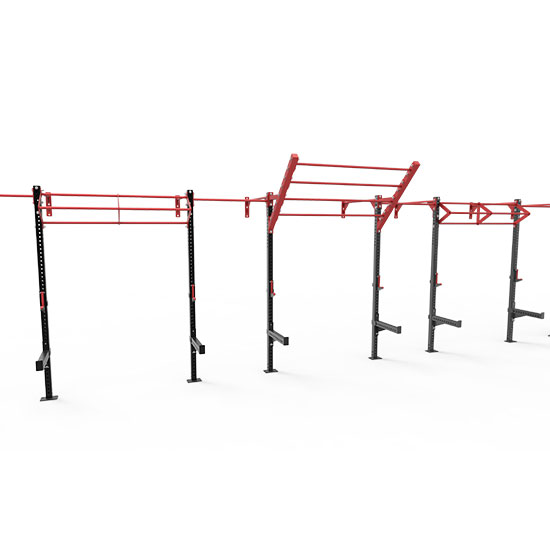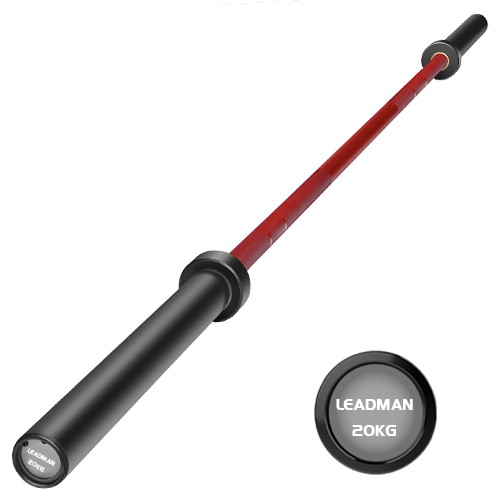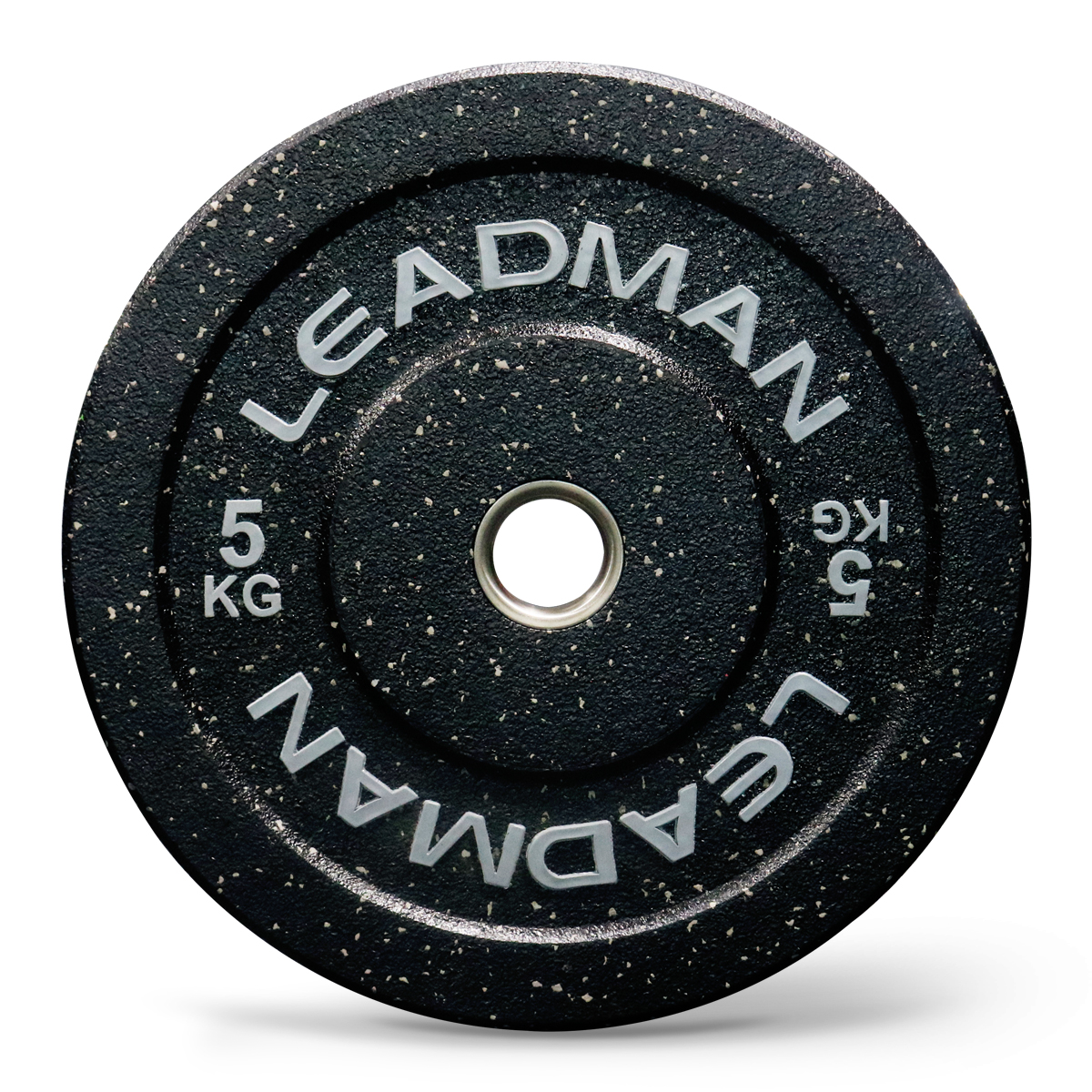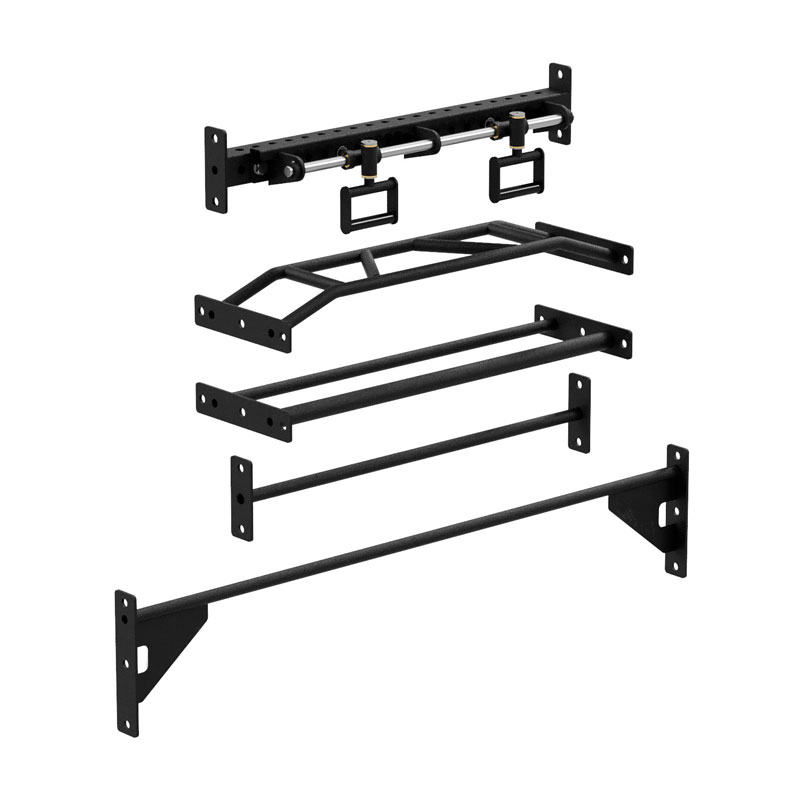The Complete Guide to Bench Workout Machines in 2025
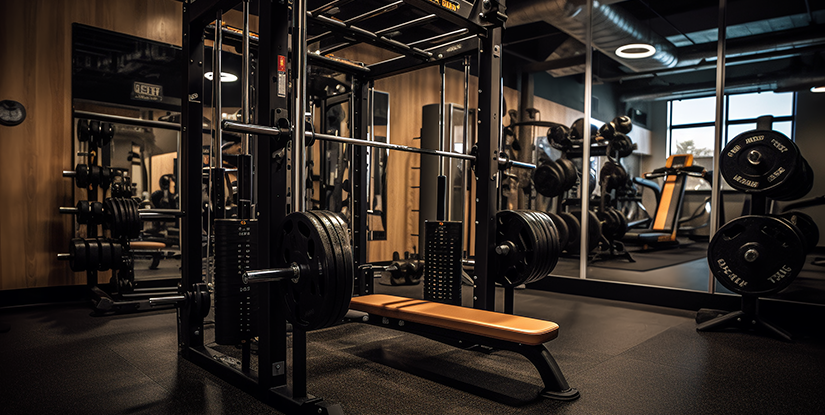
The Complete Guide to Bench Workout Machines in 2025
Welcome to our comprehensive guide on bench workout machines! Whether you're a fitness enthusiast, personal trainer, or gym owner, understanding the versatility and benefits of bench workout machines can transform your training approach. In this 8000+ word guide, we'll explore everything from basic techniques to advanced training methodologies.
Why Bench Workout Machines Matter
Bench workout machines form the foundation of strength training programs worldwide. Unlike free weights that require significant stabilization, bench machines provide controlled movement patterns that allow for targeted muscle development while reducing injury risk.
Types of Bench Workout Machines
1. Adjustable Bench Press Machines
The most versatile option, allowing multiple incline positions for targeting different chest areas. Modern versions incorporate smart technology to track your progress.
2. Smith Machines with Bench Attachment
Combining the safety of guided barbell movement with bench exercises, these are excellent for solo training sessions.
3. Multi-Functional Bench Machines
These all-in-one systems combine bench press, leg extension, and other exercises in a compact footprint perfect for home gyms.
Proper Technique for Bench Machine Exercises
Proper form is crucial when using bench workout machines to maximize results and prevent injury:
1. Body Positioning
Maintain five points of contact: head, shoulders, buttocks, and both feet firmly planted. Your eyes should be directly under the bar when lying flat.
2. Grip Width
For standard bench press, grip should be slightly wider than shoulder-width. Narrower grips emphasize triceps, while wider grips target chest more intensely.
3. Movement Control
Lower the weight under control, pause briefly at the bottom without bouncing, and press upward in a smooth motion. The descent should take 2-3 seconds.
Advanced Training Techniques
Once you've mastered basic bench machine exercises, try these advanced methods to break through plateaus:
1. Drop Sets
After reaching failure at one weight, immediately reduce the load by 20-30% and continue the set. This technique maximizes muscle fatigue.
2. Isometric Holds
Pause at the midpoint of the press for 3-5 seconds before completing the rep. This builds tremendous strength at sticking points.
3. Tempo Variations
Alter the speed of your repetitions - try 4 seconds down, 1 second pause, 2 seconds up for enhanced muscle time under tension.
FAQ About Bench Workout Machines
1. Are bench machines safer than free weights?
Bench machines provide more stability and controlled movement patterns, reducing injury risk for beginners. However, free weights better develop stabilizing muscles. A combination of both is ideal for comprehensive strength development.
2. How often should I train using bench machines?
For most lifters, 2-3 sessions per week with at least 48 hours of recovery between chest-focused workouts is optimal. Advanced lifters may benefit from higher frequency with proper periodization.
3. Can bench machines help with muscle imbalances?
Yes, many modern bench machines offer unilateral training options that can help identify and correct strength imbalances between sides of your body.
4. What weight should I start with on bench machines?
Begin with a weight that allows you to complete 12-15 controlled repetitions with perfect form. Gradually increase weight while maintaining proper technique as you gain strength.
5. How do I maintain my bench workout machine?
Regularly check and tighten bolts, lubricate moving parts as recommended by the manufacturer, and wipe down upholstery after each use. Inspect cables and pulleys monthly for wear.
Choosing the Right Bench Workout Machine
Consider these factors when selecting a bench workout machine:
1. Adjustability
Look for machines with multiple incline positions (at least flat, 45°, and 75-80°). Some premium models offer infinite adjustability between 0-90°.
2. Weight Capacity
Commercial-grade machines should handle at least 500-600 lbs. Home models typically have 300-400 lb capacities.
3. Footprint
Measure your available space. Many modern designs offer space-saving features like foldability or vertical storage.
Ready to Elevate Your Brand with Custom Bumper Plates?
Custom bumper plates can elevate your brand's presence, deepen client loyalty, and drive growth with a standout identity tailored to your vision.
Discover how Leadman Fitness can craft high-quality, custom bumper plates to amplify your brand. Reach out today for a free quote!
Integrating Bench Machines Into Your Workout Routine
For balanced development, combine bench machine exercises with:
1. Pulling Movements
Rows and pull-ups to maintain shoulder health and postural balance.
2. Leg Exercises
Squats and deadlifts to develop full-body strength and hormonal response.
3. Core Work
Planks and anti-rotation exercises to support your bench press strength.
The Future of Bench Workout Machines
Emerging technologies are transforming bench workout machines:
1. Smart Connectivity
Real-time form feedback and automatic weight tracking through integrated sensors and apps.
2. Adaptive Resistance
Machines that automatically adjust resistance through the range of motion based on your strength curve.
3. Virtual Coaching
AR/VR integration providing virtual personal trainers and customized workout programs.
Bench workout machines remain essential tools for building strength, whether you're training at home or in a commercial gym. By understanding the different types available, proper usage techniques, and how to incorporate them into a balanced routine, you can maximize your results while minimizing injury risk.

